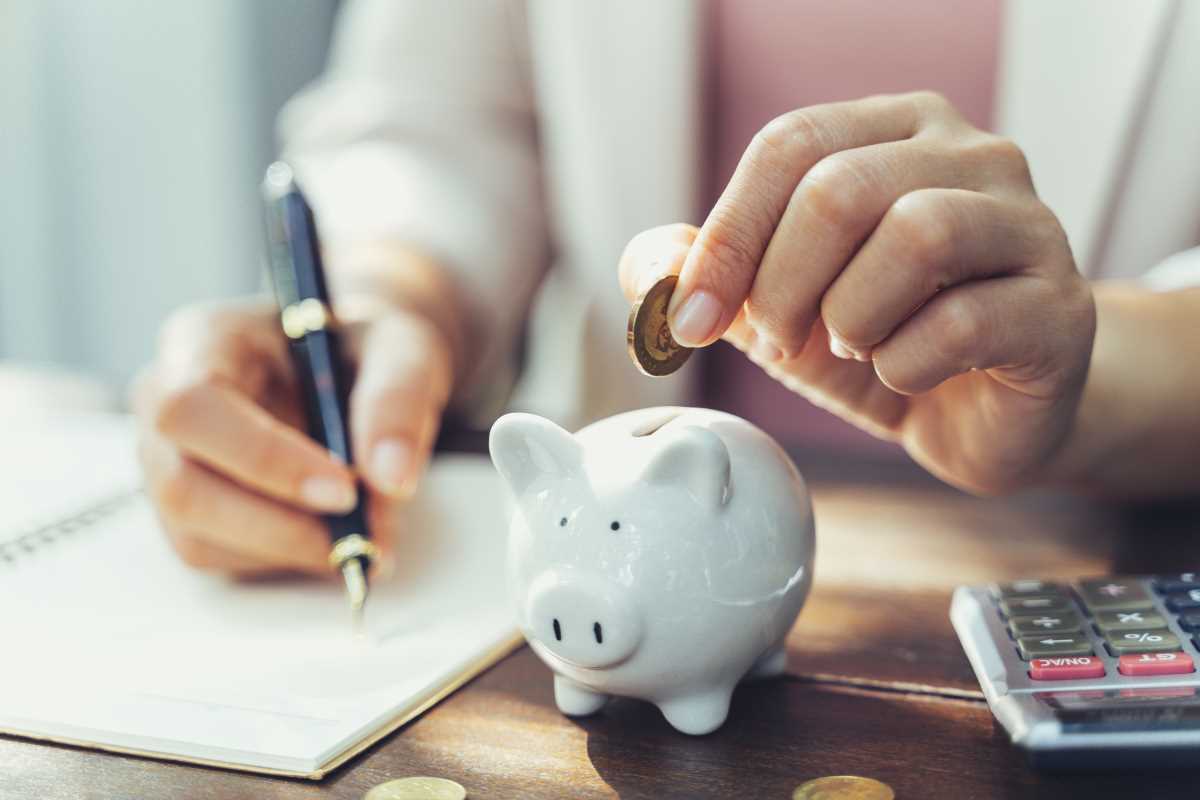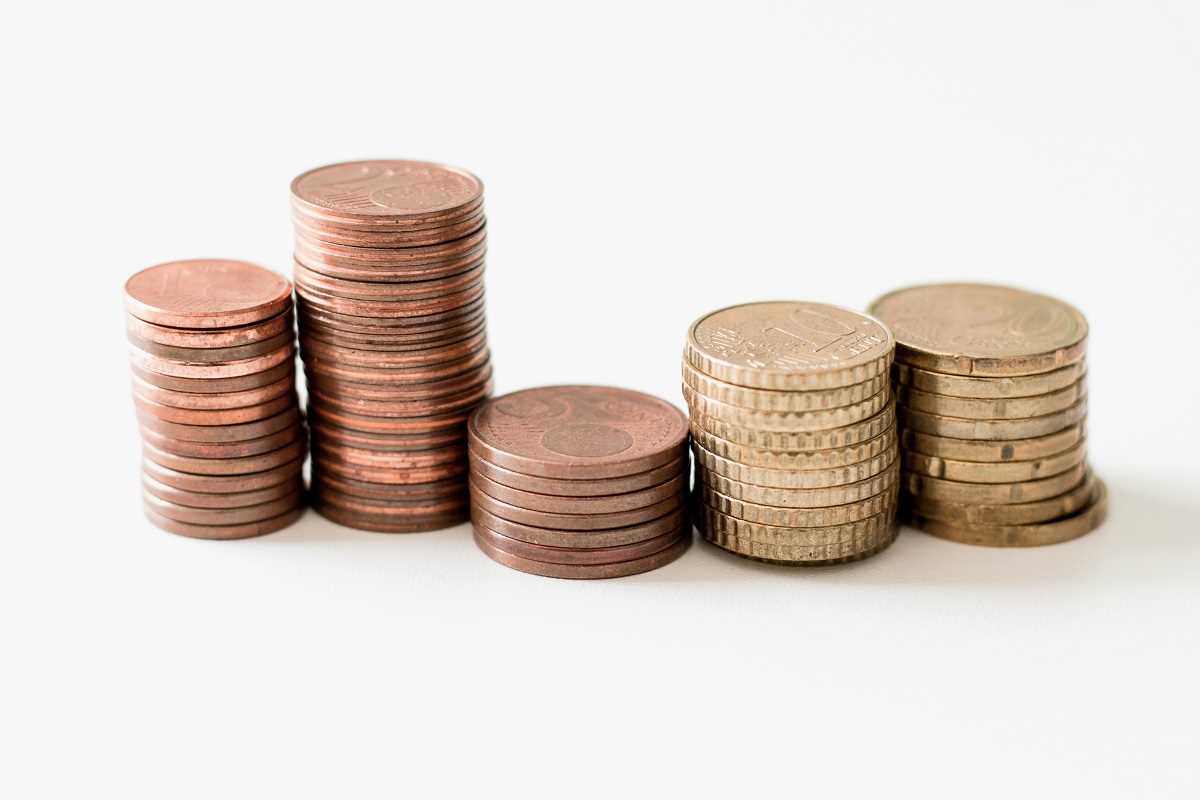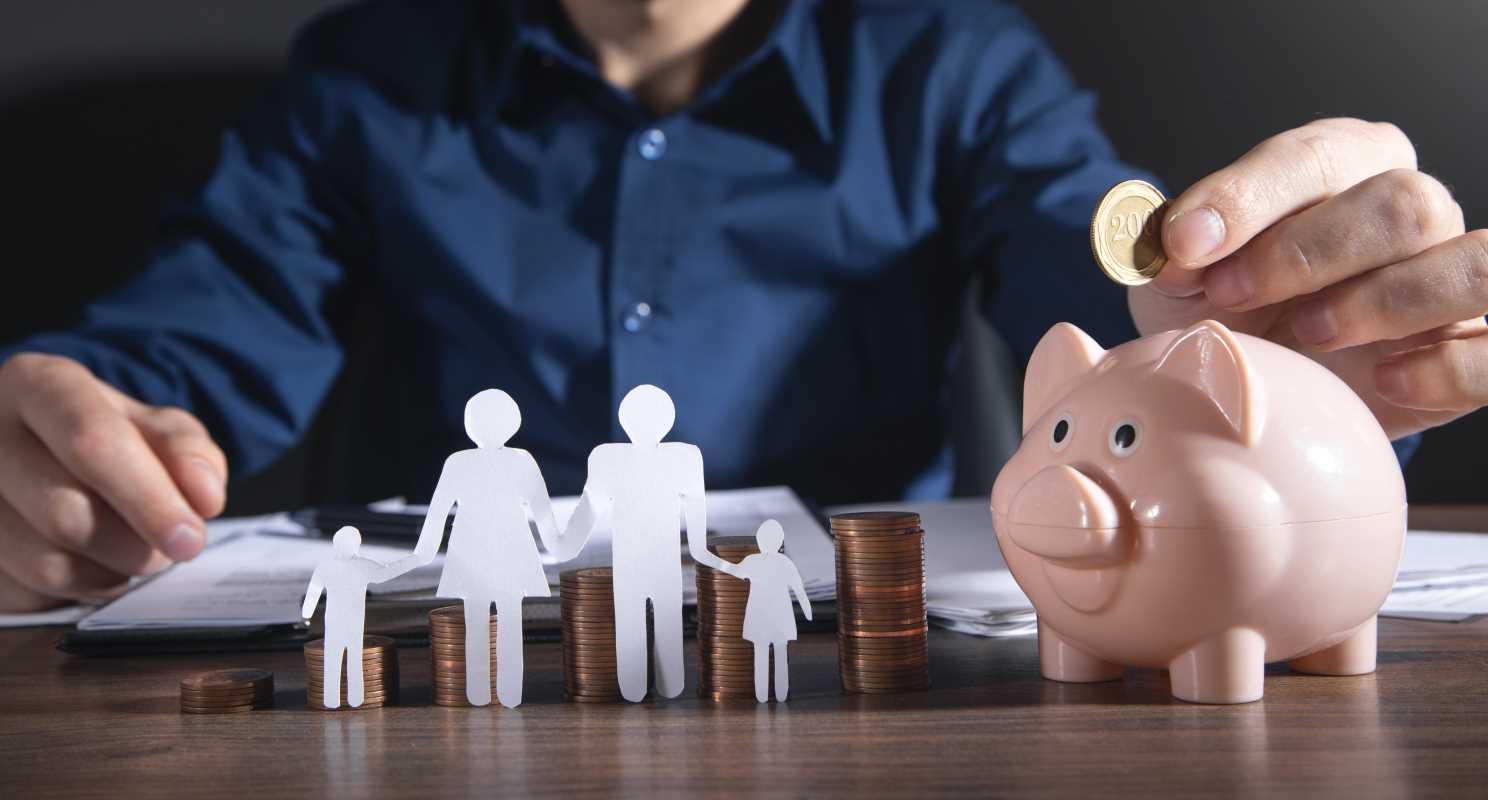Creating an emergency fund is one of the most important steps to establishing financial security and achieving peace of mind. Having a dedicated fund set aside for unexpected expenses allows you to manage life's surprises without relying on debt.
With this financial buffer, you can navigate emergencies like medical expenses, car repairs, or sudden job loss, without derailing your finances. Here’s a comprehensive guide on why building an emergency fund is essential and how to make it a reality.
Setting Clear Goals for Your Emergency Fund
The first step in building an emergency fund is setting a clear savings goal. Financial experts generally recommend aiming for three to six months' worth of essential expenses, including rent or mortgage, groceries, utilities, and any regular bills. However, your personal circumstances may influence this goal.
For example, if you’re self-employed or have an irregular income, saving closer to six months or even a year’s worth of expenses may provide additional peace of mind.
Having a specific, tangible goal keeps you motivated and focused. Knowing you’re working toward a $5,000 or $10,000 fund, rather than saving vaguely for "emergencies," can help you feel a sense of progress and accomplishment as you reach milestones along the way.
Creating a Budget to Free Up Savings
Once you’ve set your goal, creating a budget is the next essential step.
- Budgeting allows you to see where your money goes each month and identify opportunities to reduce spending, making it easier to save consistently for your emergency fund.
- Start by tracking your income and expenses, categorizing each expenditure to spot areas where you could cut back.
- Many people find they can reduce discretionary spending on items like dining out, entertainment, or subscriptions, reallocating those funds toward their emergency savings.
Consider using a budgeting app or software, which can simplify tracking expenses and alert you to overspending in any category. Once you’ve identified where you can cut back, decide on a fixed amount to set aside each month, prioritizing your emergency fund as an essential budget item.
Automating Your Savings
Automating your savings is one of the most effective ways to build your emergency fund. By setting up automatic transfers from your checking account to a dedicated savings account, you can "pay yourself first" without having to think about it.
Automation ensures that money consistently flows into your emergency fund each month, which helps keep your saving on track even if life gets busy or you’re tempted to spend elsewhere.
Consider scheduling the transfer shortly after payday to make saving seamless. This way, the money is set aside before you even notice it’s gone. By treating your emergency fund contribution as a regular monthly “expense,” you create a savings habit that will pay off over time.
Choosing the Right Account for Your Emergency Fund
Selecting the right account for your emergency fund is critical. Ideally, it should be accessible enough for emergencies but not so accessible that you’re tempted to dip into it for non-essential spending. A high-yield savings account or money market account often strikes a good balance, offering higher interest rates than a standard savings account while still allowing easy access if needed.
- Avoid investing your emergency fund in stocks or other high-risk assets, as these can fluctuate in value and may not be available when you need them most.
- Safety and liquidity are the top priorities for emergency savings.
- Additionally, having a separate account just for emergencies keeps it distinct from your general savings, making it less likely that you’ll use it for everyday expenses.
Staying Consistent and Committed
Building an emergency fund takes time and commitment. Consistency is key: even if you can only set aside a small amount each month, every dollar adds up over time. Many people find it helpful to start with a smaller, achievable goal, such as saving $500 or $1,000. Reaching these initial milestones can boost your confidence and help you stay motivated to continue saving.
When financial circumstances change, such as receiving a bonus, tax refund, or unexpected windfall, consider directing a portion of that money into your emergency fund. Similarly, if you receive a raise, increase your monthly contribution proportionally to grow your fund faster. Sticking to a regular schedule, even if the amount varies, builds a habit that reinforces your commitment to financial preparedness.
Resisting the Temptation to Use the Fund Prematurely
One of the biggest challenges with an emergency fund is avoiding the temptation to dip into it for non-emergencies.
Remember, this fund is reserved for genuine emergencies—situations that impact your basic needs or financial stability, like job loss, unexpected medical expenses, or critical car repairs.
Establishing clear criteria for when to use your emergency fund can help you avoid spending it unnecessarily. For example, you might define an “emergency” as anything that you can’t cover with your regular income or other savings, or anything that directly affects your ability to work or live comfortably. Having these boundaries in place keeps you disciplined and ensures that your fund is available when you truly need it.
Revisiting and Adjusting Your Emergency Fund Goals
As life circumstances change, so too may your emergency fund needs.
Periodically review your fund goals to ensure they still align with your current lifestyle, expenses, and financial obligations. For instance, if you’ve added new expenses like a mortgage or family member, increasing your fund accordingly provides an additional buffer.
If you experience a major life change, like a new job with different income stability, a move, or a marriage, consider reassessing your savings target. This adaptability keeps your fund aligned with your needs and ensures it remains sufficient for the unexpected.
Seeking Professional Advice
If building an emergency fund feels overwhelming, or if you’re unsure of the right approach for your financial situation, consider seeking guidance from a financial advisor.
- A professional can help you develop a personalized savings strategy, accounting for your income, expenses, and financial goals.
- They can also offer tips on setting up an emergency fund, managing your budget, and finding additional resources for saving.
Financial advisors can help you create a well-rounded approach, balancing your emergency fund with other financial goals like retirement or debt repayment. With expert support, you can feel confident in your plan and more motivated to build a solid financial safety net.
An emergency fund is a critical element of financial stability, providing a safety net that protects you from life’s unpredictable events. By setting clear goals, budgeting carefully, automating savings, and staying committed, you can gradually build an emergency fund that offers both security and peace of mind. This fund gives you the confidence to face unexpected expenses without resorting to high-interest debt, making it easier to maintain financial stability.
With a dedicated emergency fund, you’re better prepared for whatever life throws your way, knowing that you have the resources to manage financial setbacks and stay on course toward your broader financial goals. Prioritizing this fund is a crucial step toward a more secure, resilient financial future.
 (Image via
(Image via





